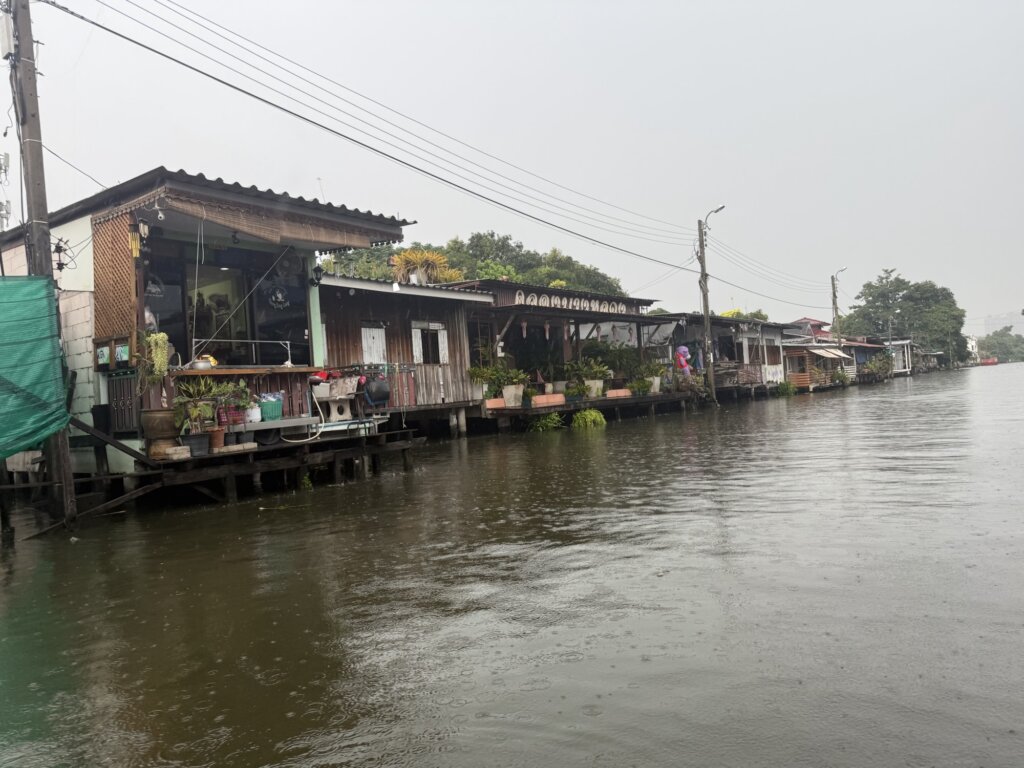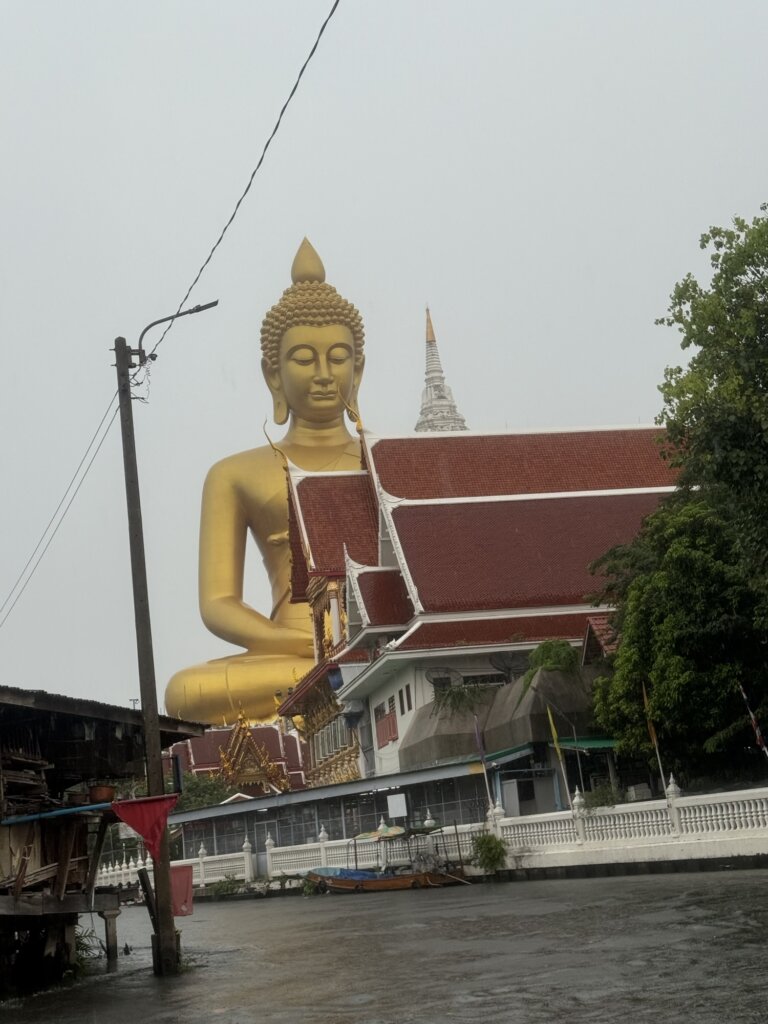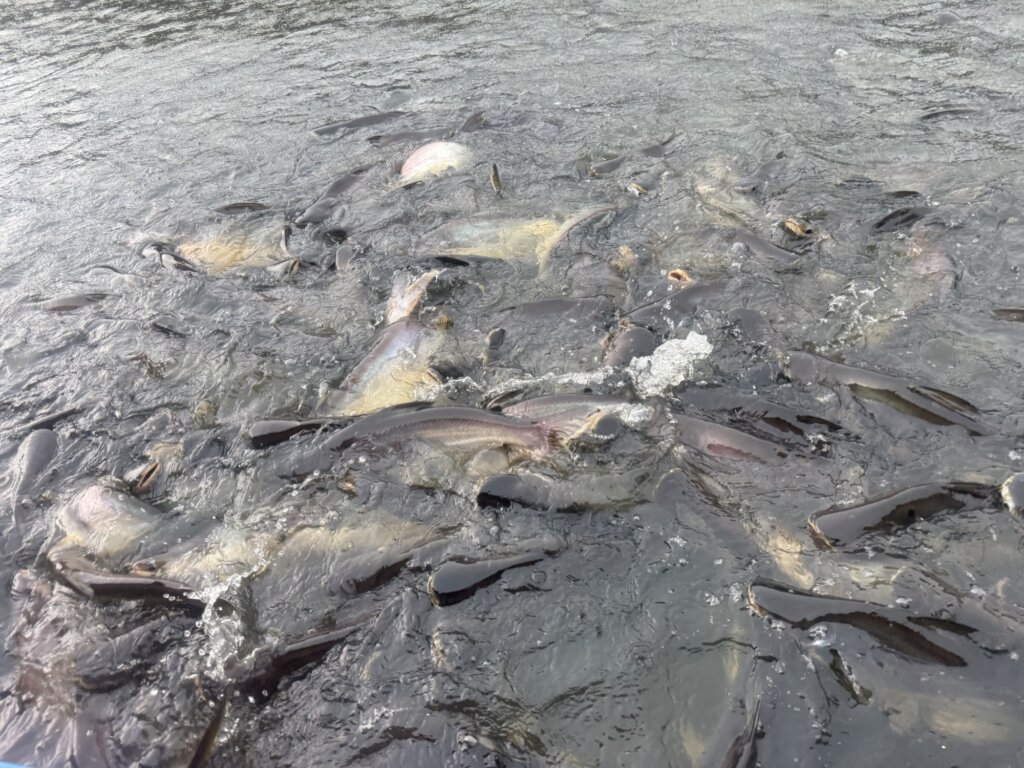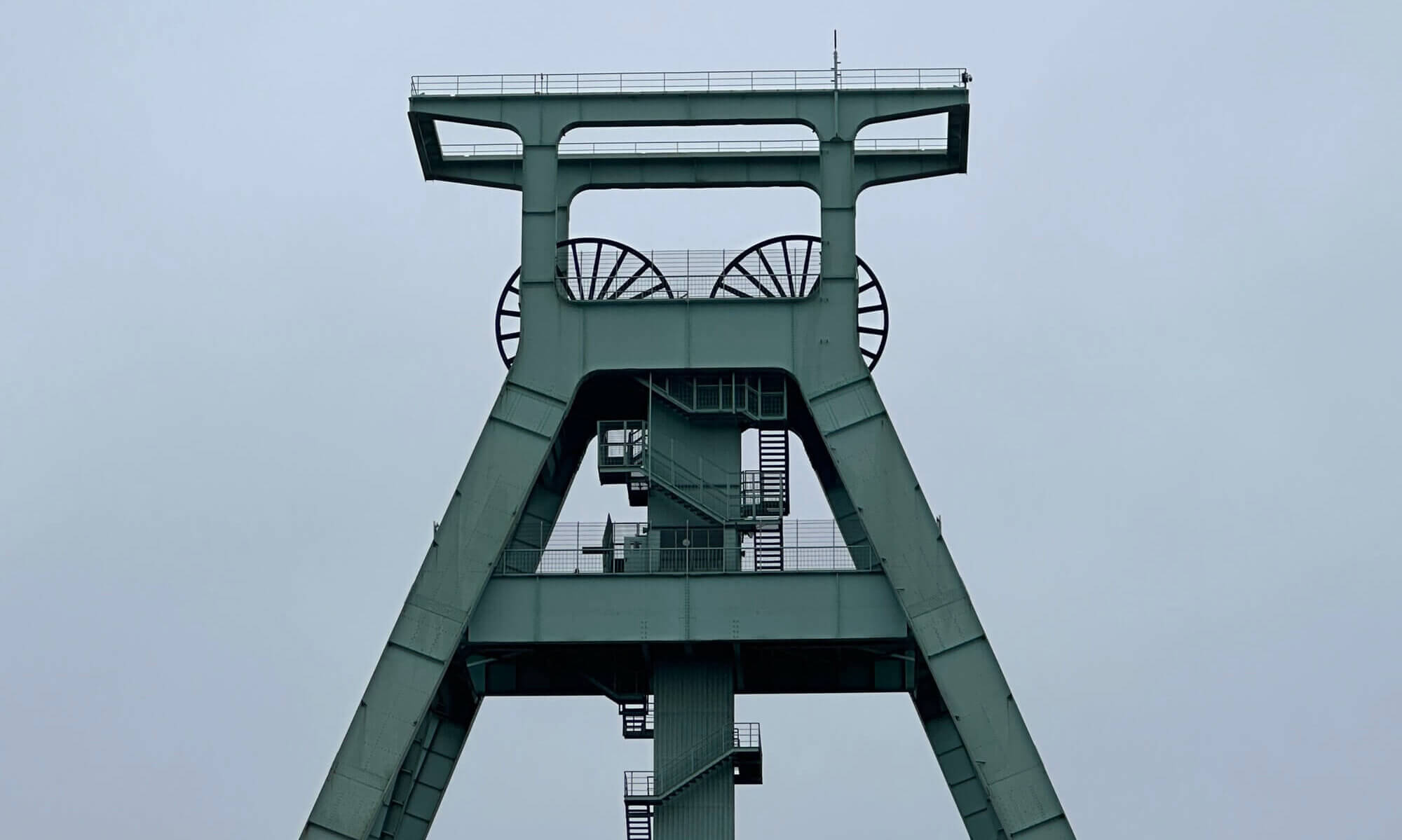The water people of กรุงเทพฯ, often known as the ‘klong dwellers‘, have a distinctive lifestyle shaped by generations living along the city’s sprawling network of canals and rivers. Historically, many communities settled on the banks and floating homes connected by wooden platforms, relying on boats for daily travel, commerce, and socialising. Their way of life reflects a balance between adaptation and tradition, maintaining age-old practices while coexisting with the city’s rapid urban growth. These waterborne neighbourhoods reveal a fascinating blend of culture, resilience, and intimacy with the waterways that once earned กรุงเทพฯ its nickname, the ‘Venice of the East‘.



Life among the canals remains deeply intertwined with water. Many residents still operate small boats from dawn, ferrying goods, conducting market trade, or transporting visitors through the intricate maze of canals, known locally as klongs. Families live in humble houses raised above the water, using the river for bathing, washing, and fishing. Despite the encroachment of modern infrastructure, waterways sustain vibrant communities where traditional festivals, rituals, and communal ties persist strongly alongside the city’s relentless pace of change.
A longboat is a traditional, narrow wooden vessel, often powered by a long-tail motor that extends behind the boat, allowing for swift navigation through narrow and shallow channels. It is the ideal way for travellers to explore the historic region of Thonburi, a district west of the Chao Phraya River that still preserves much of old กรุงเทพฯ’s character. Cruising slowly along these canals in a longboat provides an intimate glimpse into everyday life – passing floating markets, stilted houses, ornate temples, and lush greenery. The boat’s glide through tranquil waters enables an immersive experience that highlights a way of life that is increasingly rare within a modern metropolis.
One of the remarkable sights visible from the water on a longboat journey is the Golden Buddha, or Phra Phuttha Maha Suwana Patimakon, nestled in Wat Traimit. This gleaming statue, made entirely of solid gold, shines magnificently in the sunlight, captivating visitors even from a distance. Beneath the surface, the canals are home to large catfish species that locals sometimes feed, contributing to a living connection between humans and nature. These fish, often seen near the boat’s wake, reflect the ecosystem sustained within กรุงเทพฯ’s watery arteries and reinforce the cultural and environmental heritage of this fascinating riverine community.
Thonburi
กรุงเทพฯ
Thailand
Loading map...


